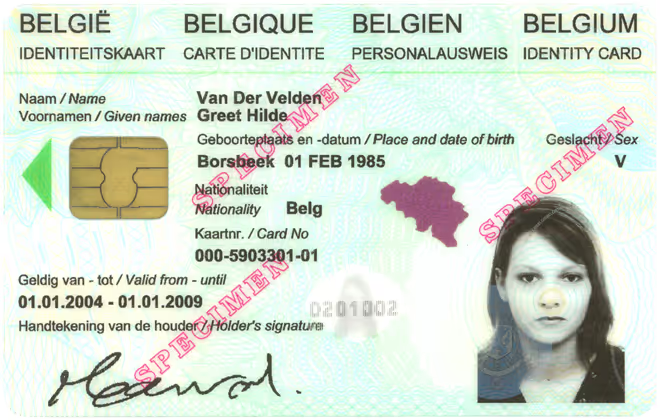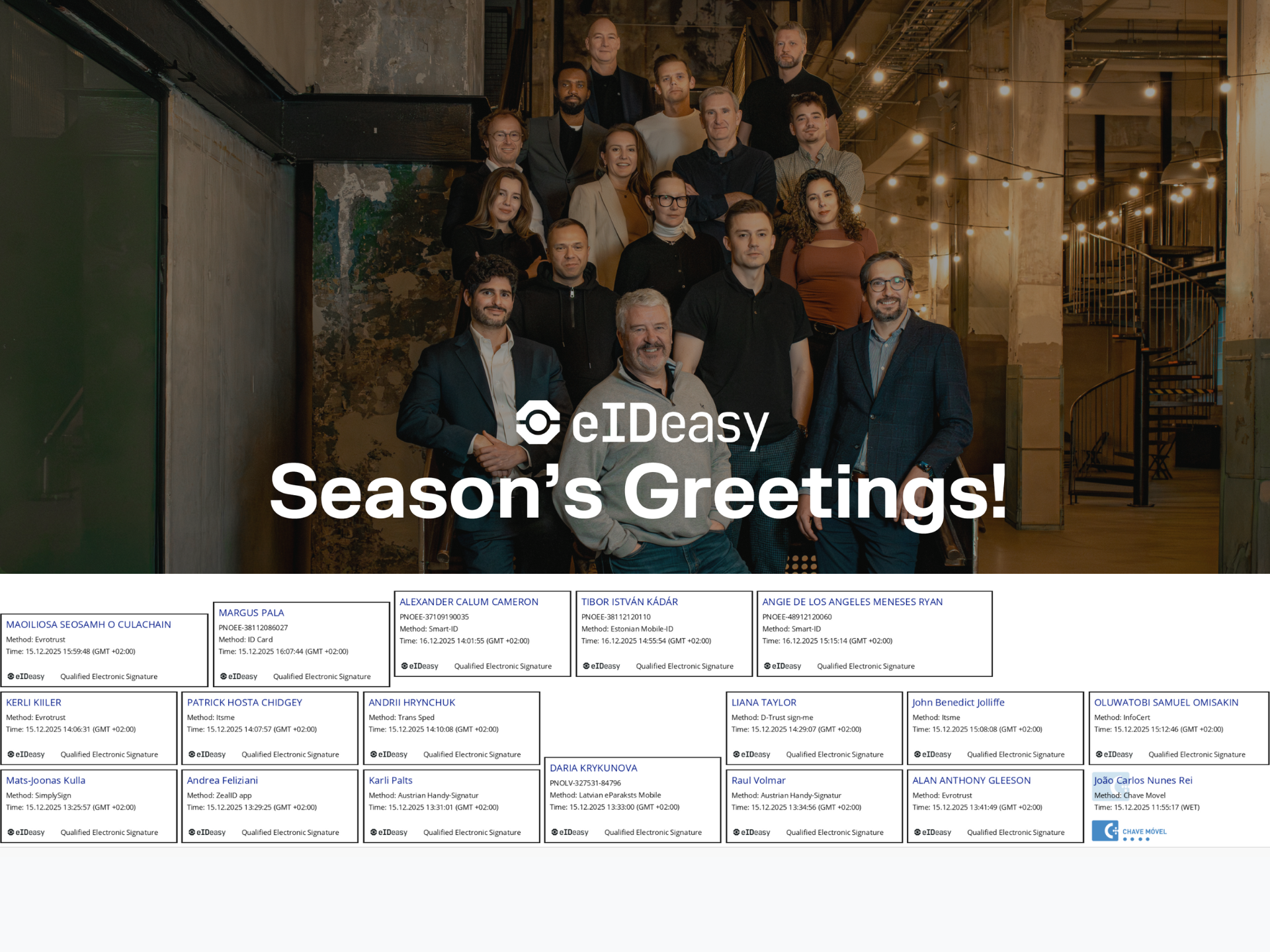Electronic identification (e-ID) plays a crucial role in verifying users' identities in digital environments. It ensures that the person accessing a service is exactly who they claim to be—without the need for in-person checks. But how does this actually work?
Let’s break it down in a clear and approachable way.
Traditional e-ID: Identity Verified by Cryptography
The core idea behind e-ID is simple: use something only the real user has (like a national ID card with a secure chip) and something only they know (like a PIN) to verify their identity online.
This is typically done using a process called Client Certificate Authentication, a method supported by most modern web browsers. Here’s how it works:
- The user inserts their national ID card into a card reader.
- The browser sends a public certificate (from the card) to the web server, along with a digitally signed token.
- The token is signed using the private key stored on the ID card—which never leaves the card and can only be accessed with the correct PIN.
- The server verifies the signature and confirms the user's identity.
Since only the rightful cardholder can access the private key and sign the token, this method offers strong, cryptographic proof of identity.
The Role of Software and Hardware in e-ID
To make this work seamlessly, governments provide official software packages that:
- Allow computers to read ID cards via connected or built-in card readers
- Enable browsers to communicate with the ID card through dedicated browser extensions or plugins
💡 Did you know? Many business-class laptops (like those from Lenovo and Dell) come with smart card readers built in. And for everyone else, external USB readers are available for under €10.
Once authenticated, the server can read identity data from the certificate stored on the ID card. This often includes:
- Full name
- Date of birth
- Country of issuance
But governments can also include additional data based on national requirements—making e-ID a flexible and secure identity solution for a wide range of services.
Why e-ID Matters
e-ID is not just about convenience—it’s about trust, compliance, and security. Whether you're signing a contract, accessing government services, or logging into a secure business portal, cryptographically verified e-ID ensures that only the right person gets access.
At eID Easy, we simplify e-ID integration with a single API that connects your business to national eID systems, Qualified Trust Service Providers (QTSPs), and Certified Authorities (CAs) across more than 160 countries.


